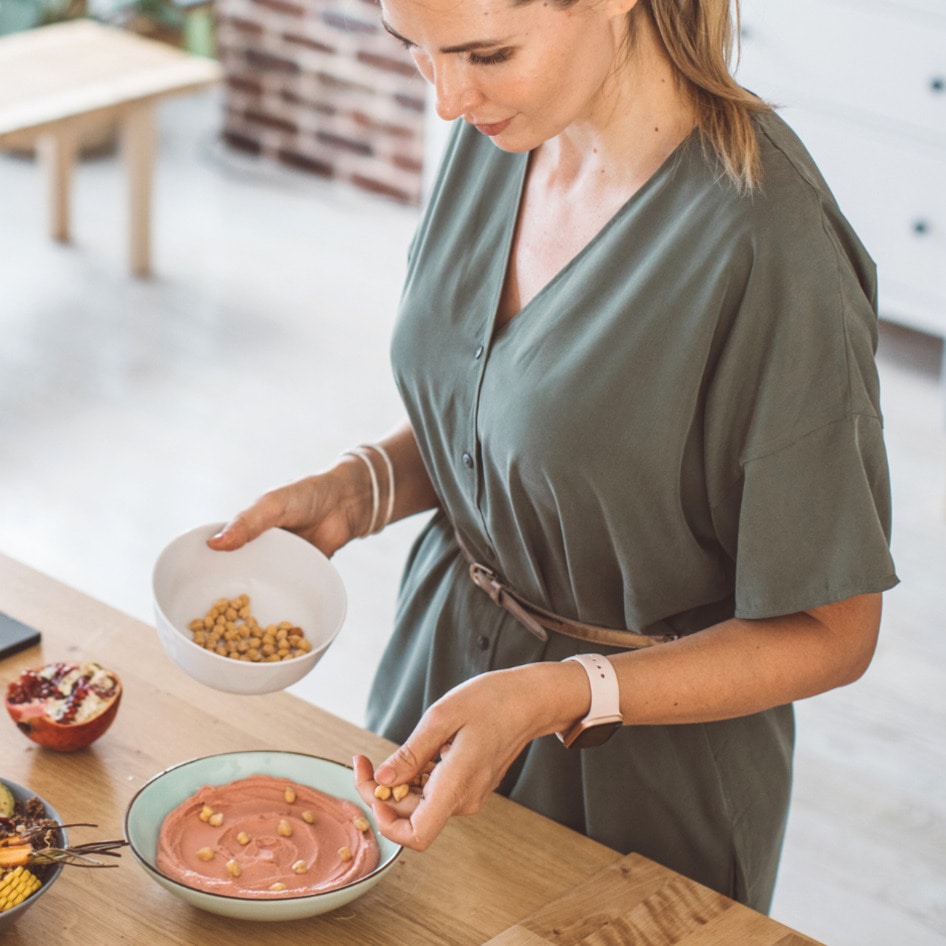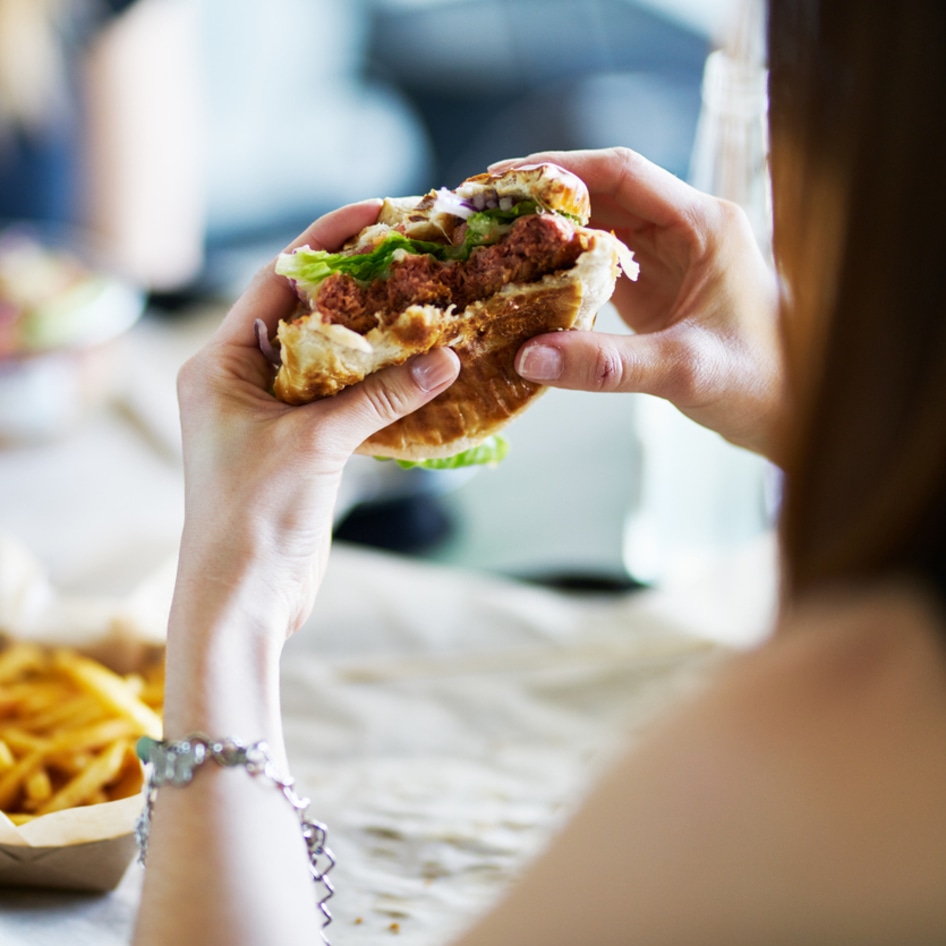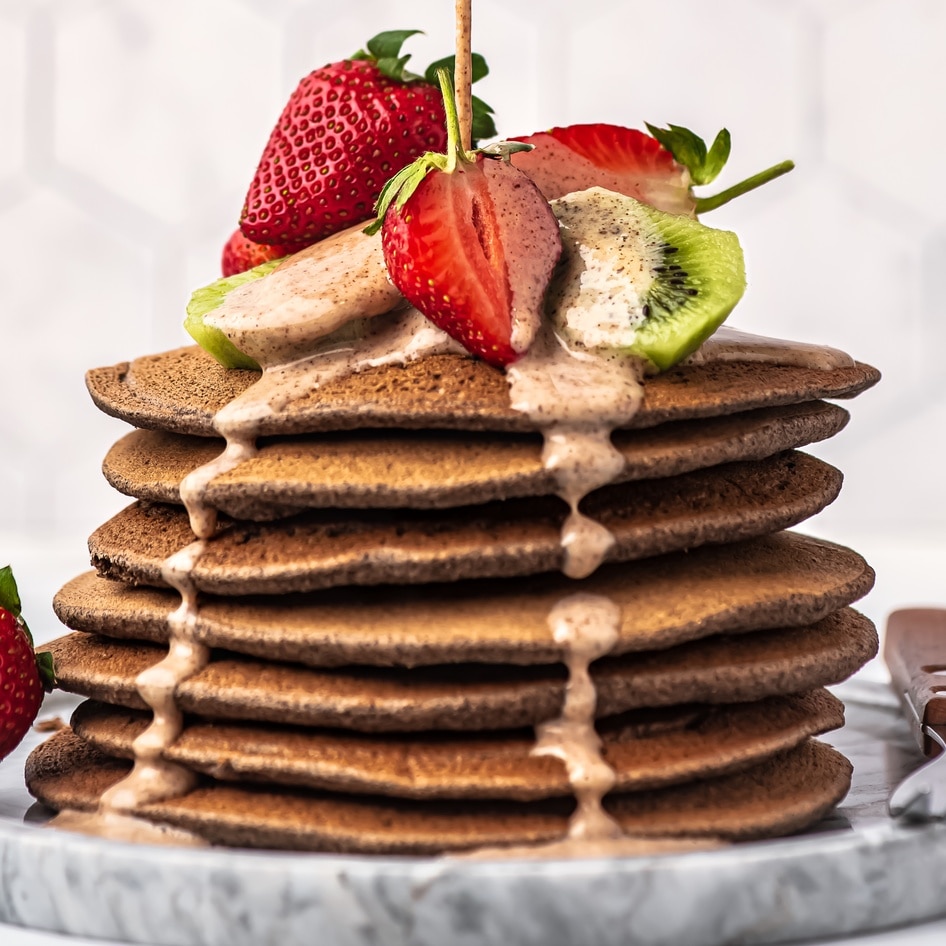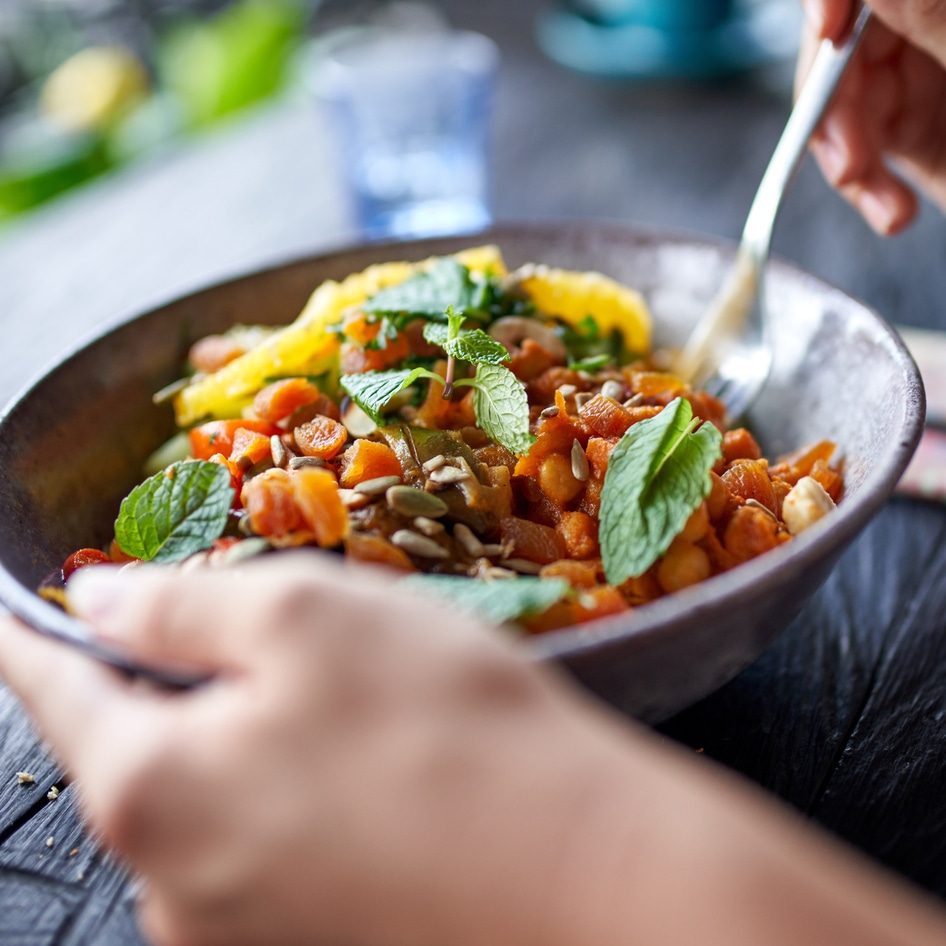Back in 2018, Chrissy Teigen took to X (then Twitter) to ask a question many have wondered: “Can you die of acid reflux?” While the short answer is probably no, acid reflux, caused by stomach acid flowing back into the esophagus, is undeniably uncomfortable and painful. Teigen isn’t alone: a 2019 study found that nearly one-third of adults in the US experience acid reflux symptoms weekly.
Acid reflux can have many triggers, including alcohol and caffeine. But for some people, food is the biggest culprit. If you often feel that burning sensation after meals, it might be time to explore dietary changes.
One such approach is the bland diet, which emphasizes gentle, irritation-reducing foods. We spoke with Avery Zenker, RD, MAN, a medical writer at MyHealthTeam, to learn why this diet may help those suffering from reflux and other gastrointestinal issues—and how to stay nourished while following it.
What is the bland diet?
The clue is in the name, but the bland diet is, well, bland. It emphasizes foods unlikely to cause discomfort or irritation, so for most people, that means little to no spice, no high-fat dairy, no seeded fruits, and no citrus. The bland diet is also low in fiber, which means whole grains are off the menu, too.
“What an individual can tolerate will vary based on the individual and their needs,” says Zenker. “Some can tolerate a certain amount of fiber, spice, and acidity, while others may need to keep these minimal.”
The good news? You don’t have to live this way forever, nor should you. Because it restricts many whole foods, like fruits and vegetables, the bland diet is not just low in fiber (which is important for long-term digestive health), it is also generally low in vitamins and minerals, like zinc, vitamin C, vitamin K, and iron.
“The bland diet is a short-term dietary intervention that focuses on foods that are gentle on the digestive system to allow the digestive system to rest and repair,” explains Zenker.
 Pexels
Pexels
BECOME A VEGNEWS VIP: Get exclusive product deals, freebies, and perks galore!
“It’s often recommended for people dealing with gastrointestinal issues like diverticulitis, Crohn’s disease, ulcerative colitis, ulcers, gastritis, reflux, nausea, or after surgery,” she added. “The goal is to reduce irritation, limit stomach acid stimulation, and avoid triggering symptoms.”
When you start to feel better, you can slowly start to reintroduce more foods. If you’re not sure of the best approach, consult your healthcare provider or a dietitian for advice.
How to stay nourished on the bland diet
The best foods to eat on the bland diet are mild and gentle. Think low-fiber vegetables like beets and carrots, which should always be cooked and served with only mild seasoning. Whole grains are out on this diet, but you can opt for refined wheat products, like soft white pasta and rice.
“Maintaining variety on a bland diet can take more effort, but it’s doable,” explains Zenker. “Try to choose foods from different sources, not just the same ingredient in different forms, like rice, rice cakes, and rice noodles. Instead of using rice as a base for every meal, use other gentle carbs like potatoes and white pasta.”
Tofu and silken tofu are two bland diet-approved protein sources, as they’re generally low in carbohydrates and fat. Unflavored protein powder, vital wheat gluten, pea milk, and soy milk can also be consumed as protein sources.
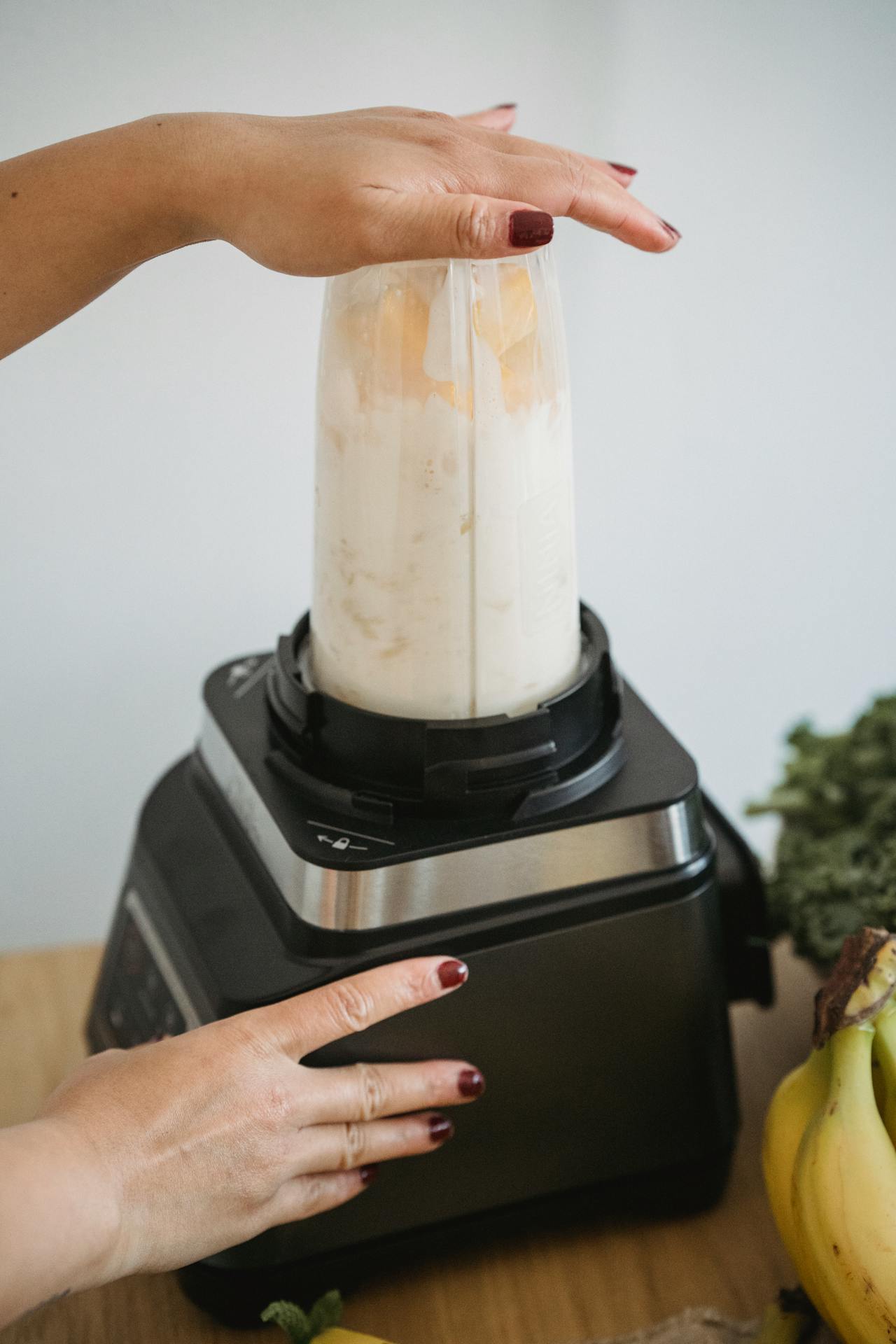 Pexels
Pexels
More plant-based meal ideas from Zenker include mashed potatoes, tofu, and steamed zucchini; a simple smoothie with bananas, protein powder, and plant-based milk; pasta with olive oil and steamed vegetables; and mashed sweet potato with cinnamon, tahini, and maple syrup. When you’re cooking, you can add umami and flavor with ingredients like salt, soy sauce, miso, and gentle herbs and spices, like basil, oregano, and cinnamon, for example.
“I would recommend making a rough plan with meal ideas, and purchasing at least a few different types of foods from each of these categories: protein, carbohydrates, fat, vegetables, and fruit,” advises Zenker. “Keeping a variety of foods in the kitchen makes it more likely to eat a varied diet.”
For more plant-based stories like this, read:
JUMP TO ... Latest News | Recipes | Guides | Health | Subscribe




